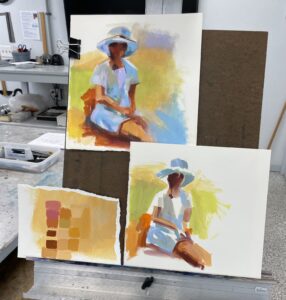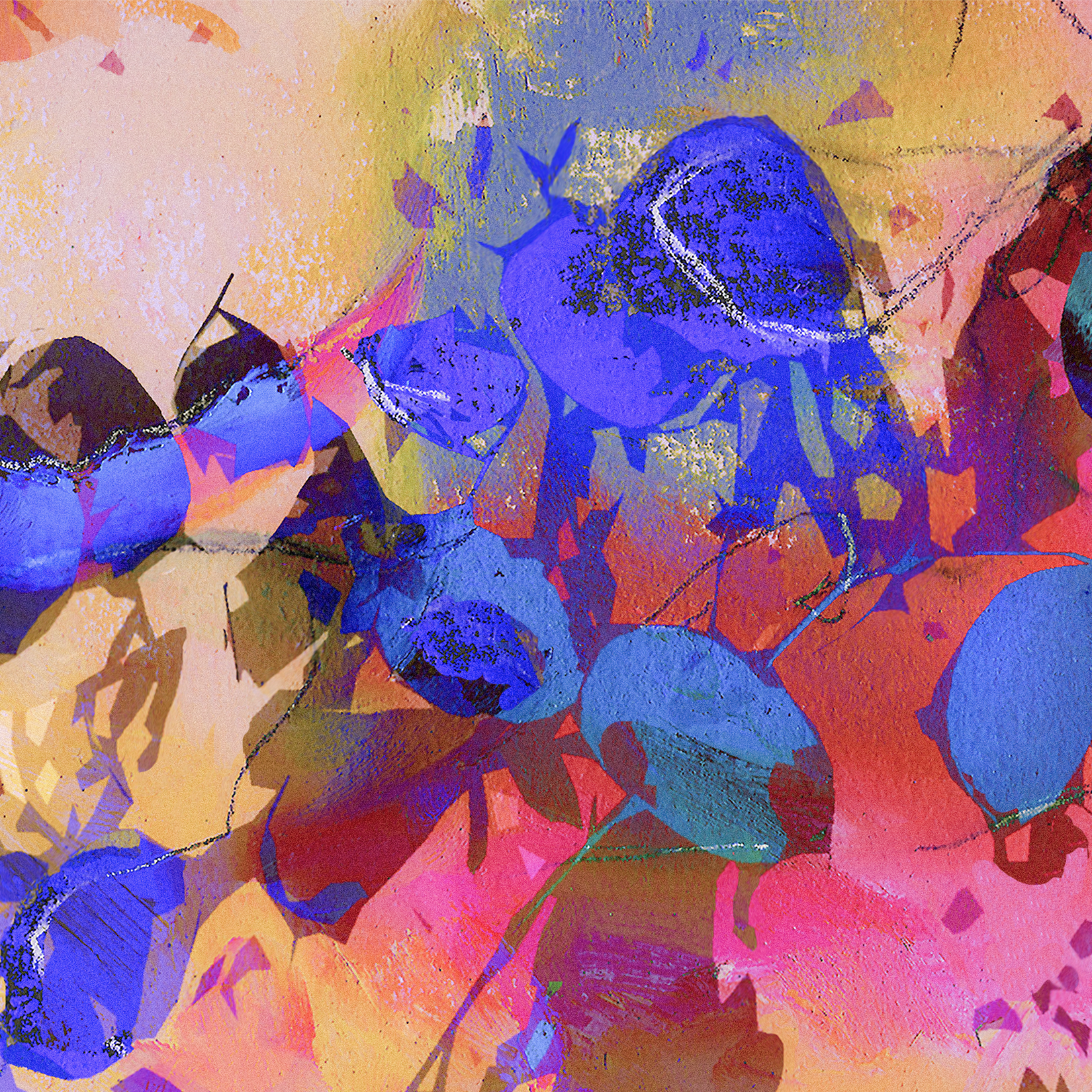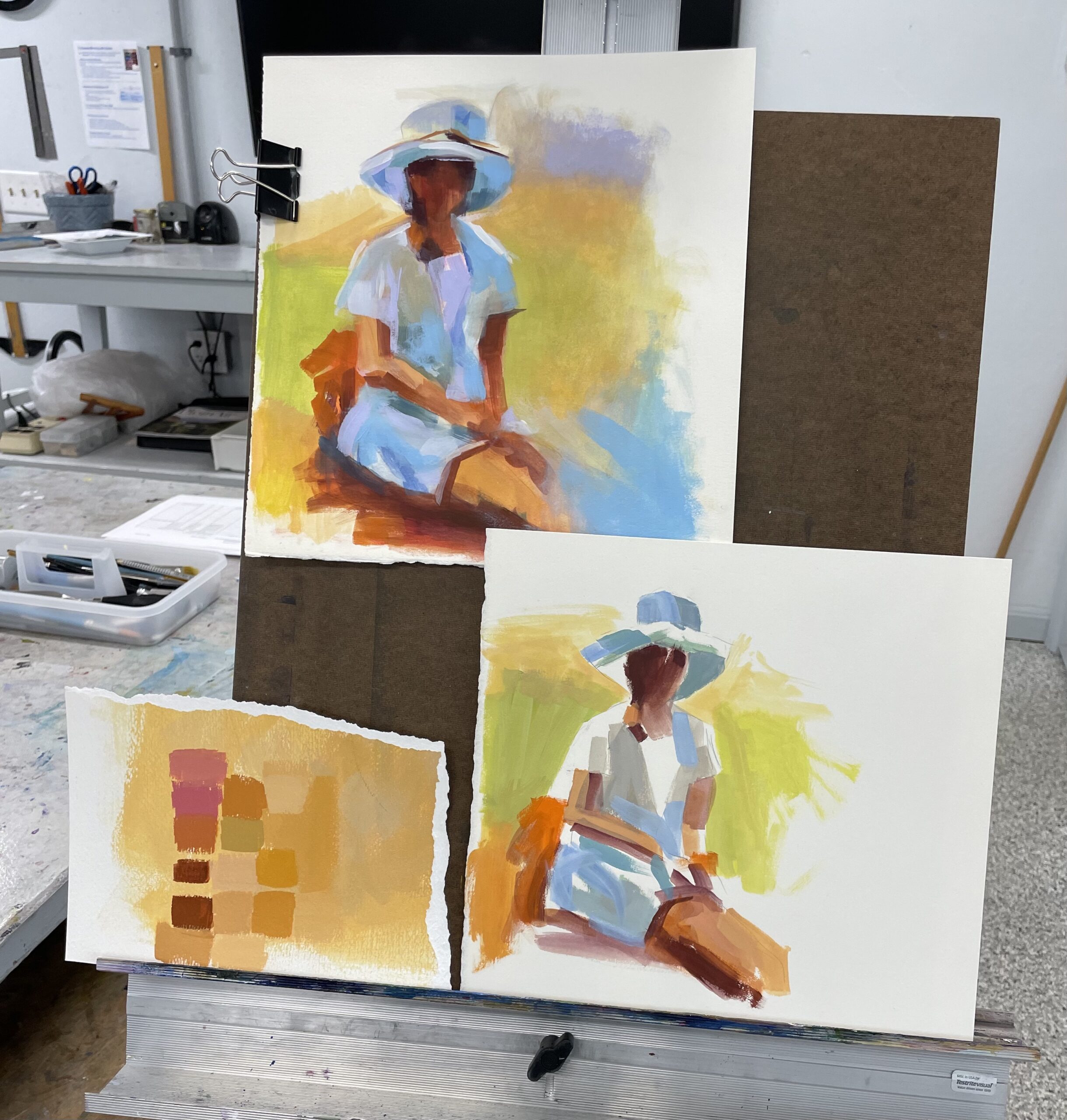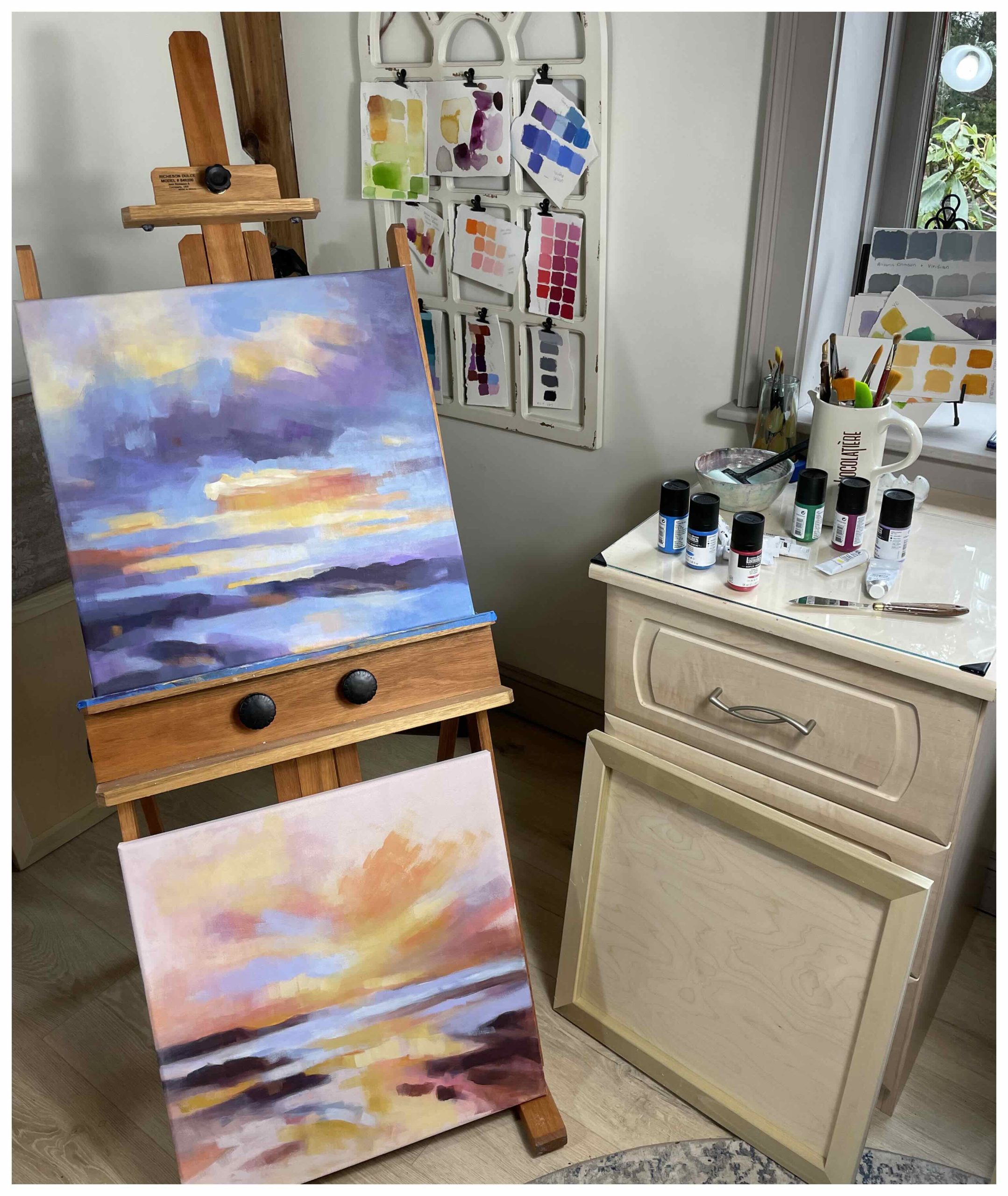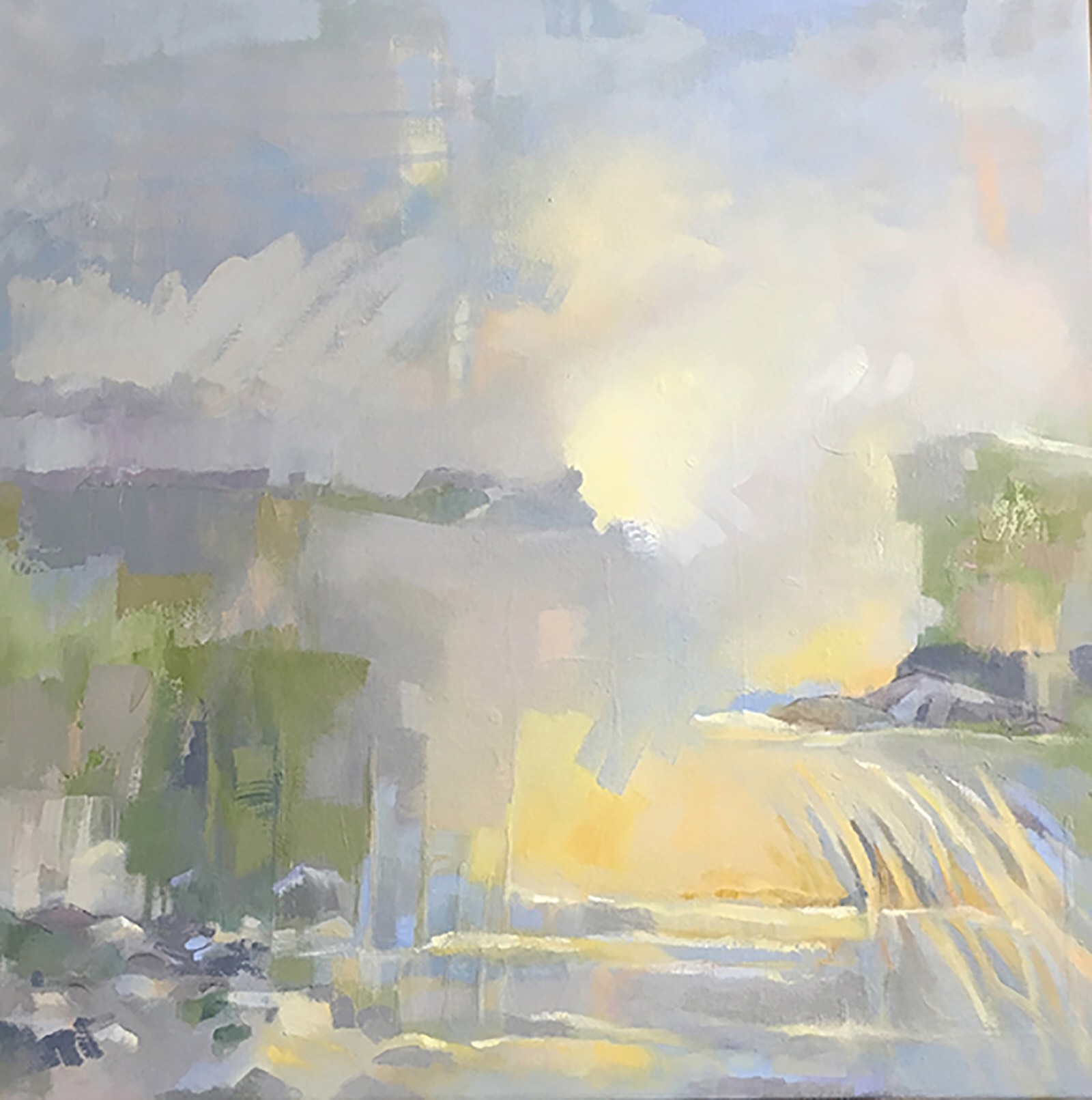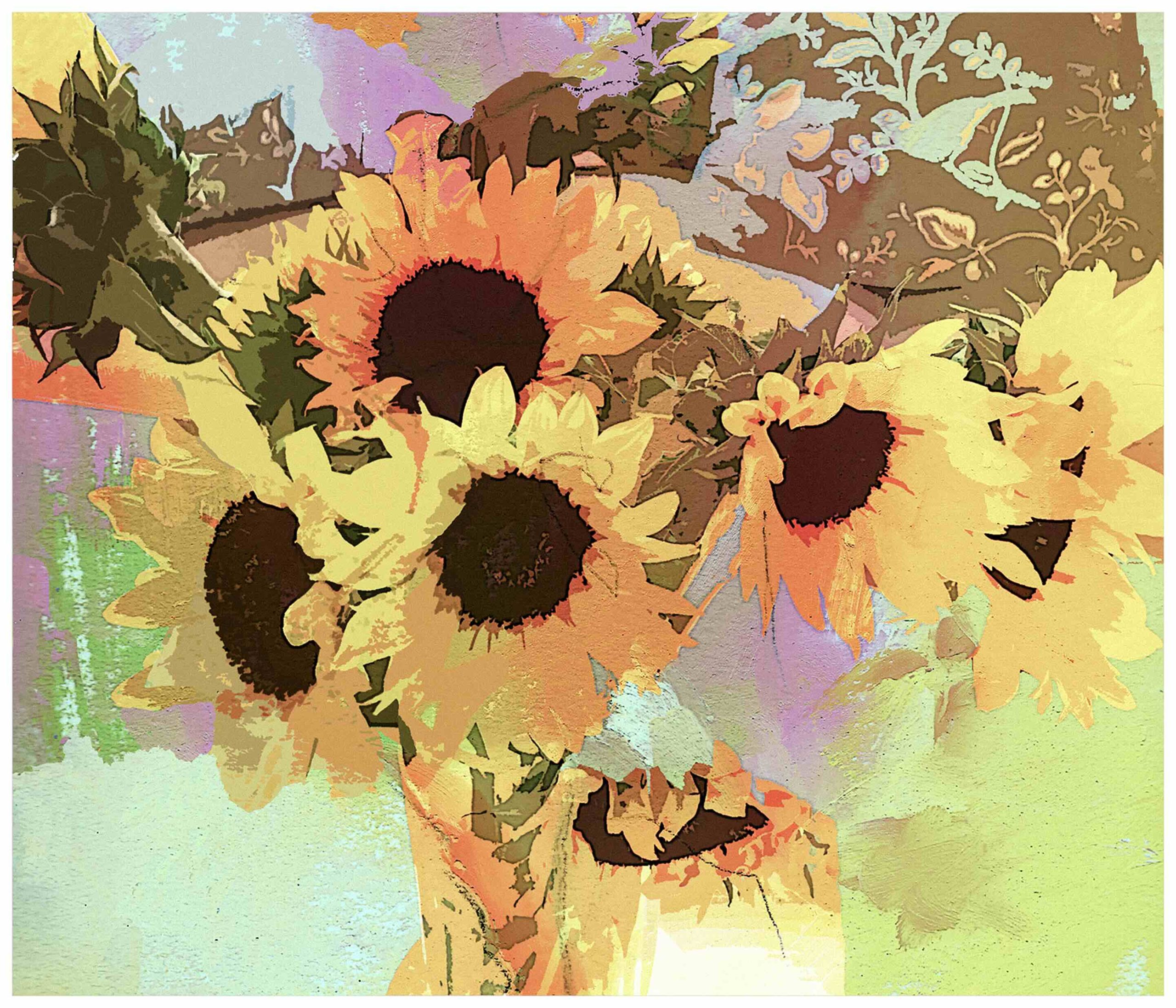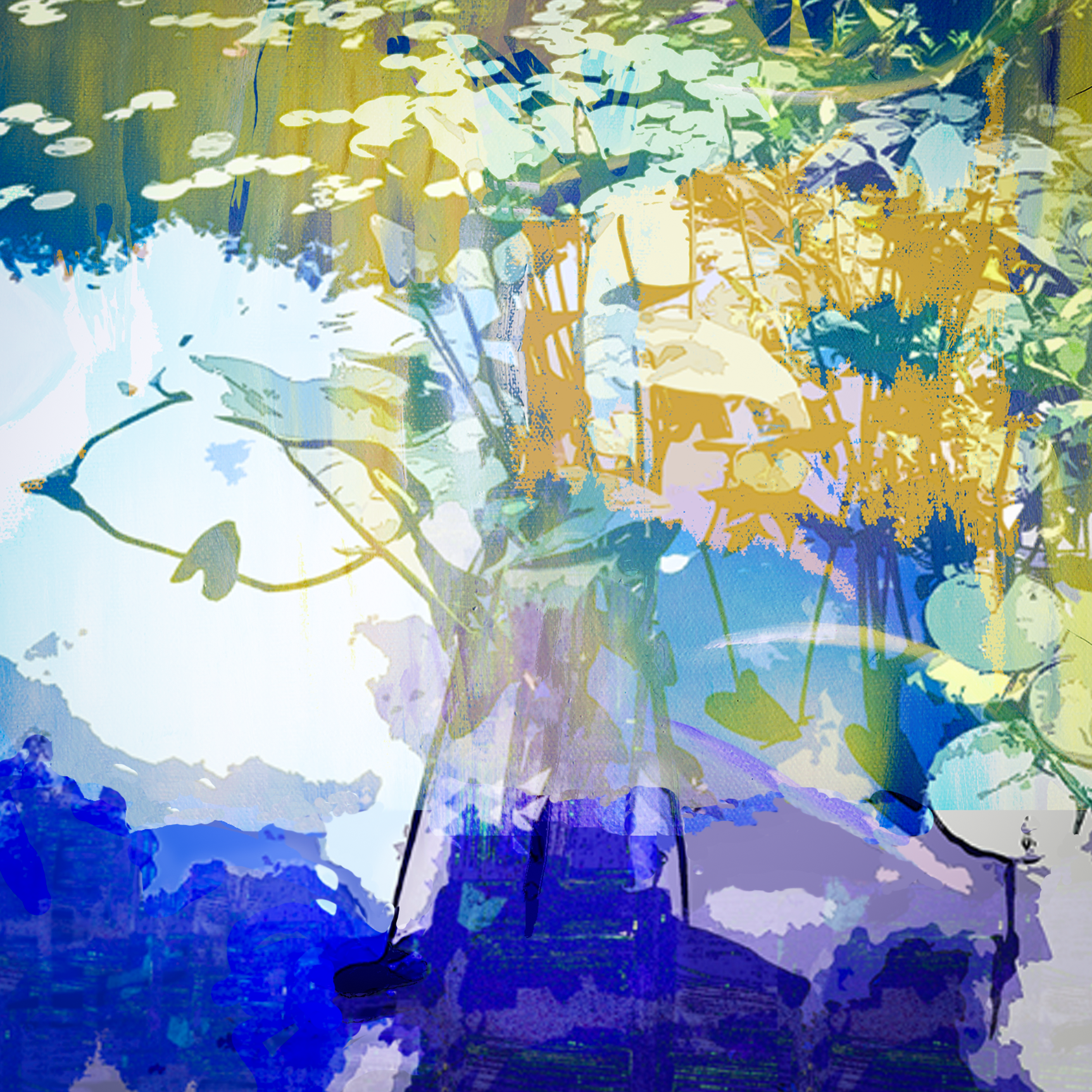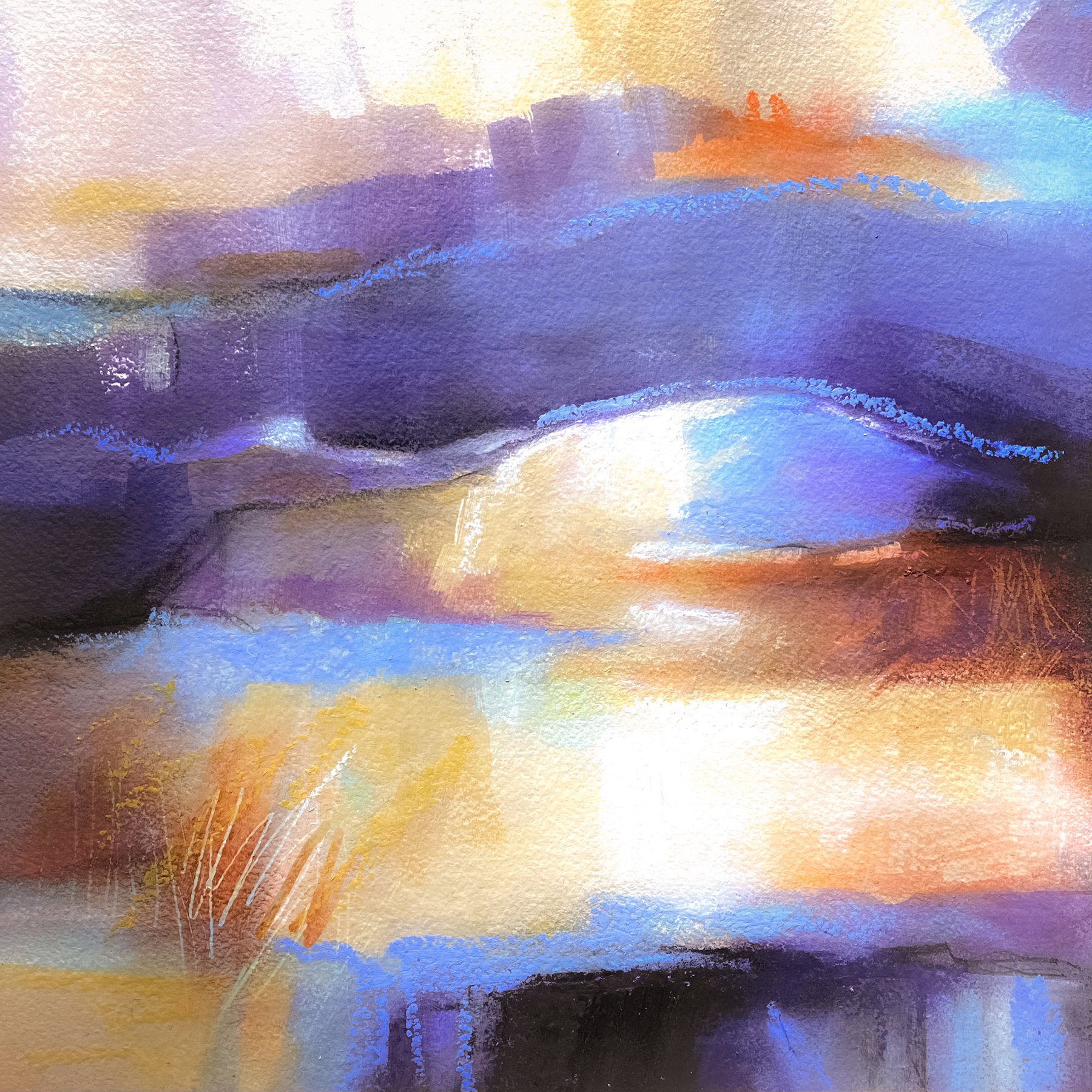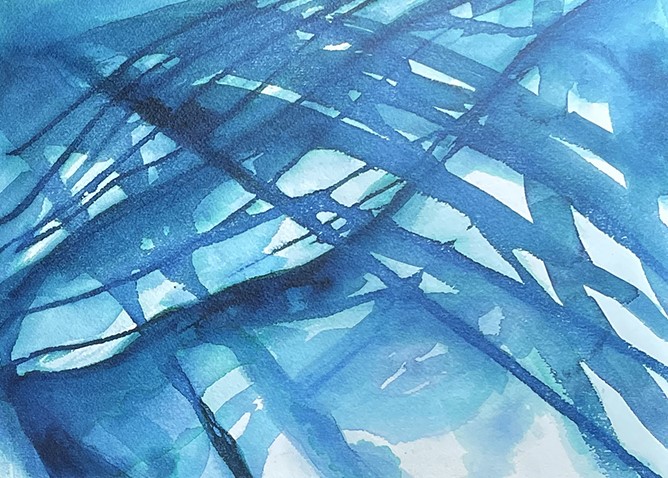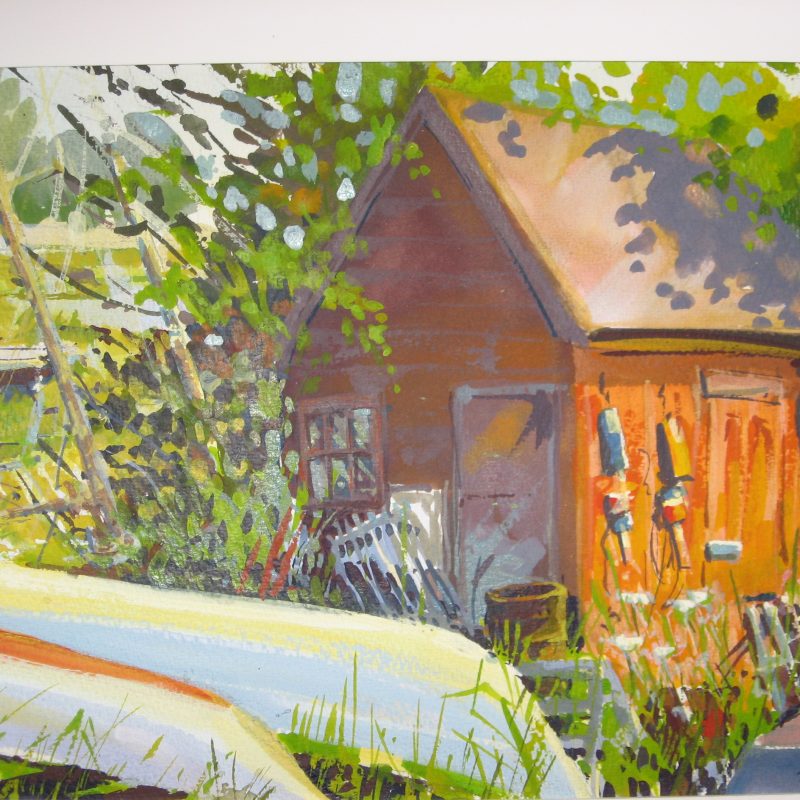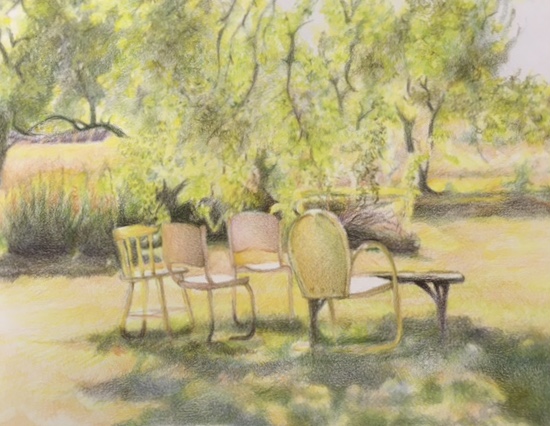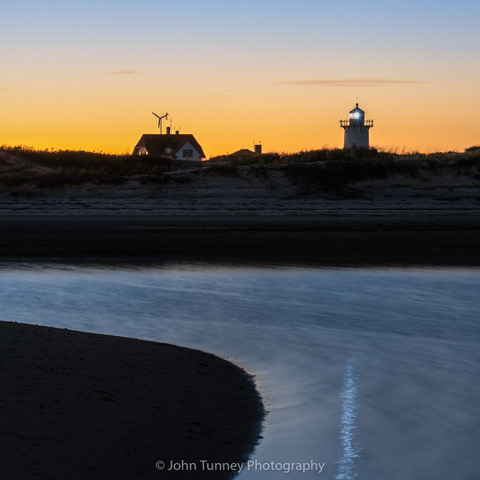Description
Contemporary Painting with Abstraction with Lauren Brading
Tuesdays, February 18-March 25, 2025 (6 weeks)
Time: 9:00am -12:00pm
Price: Member $155 / Non-Member $185
Description: Discover the limitless possibilities of contemporary painting and abstraction in a friendly supportive group of like-minded artists. This class is a unique opportunity for artists who are looking for a more abstract and expressive way of painting that will open up new creative avenues and challenge old perspectives.
Students will experiment with various painting techniques, discover distinct palettes through color theory exercises, and create unique compositions and formats using a wide selection of materials and painting surfaces. We will find inspiration by studying various art movements, including geometric and lyrical abstraction, gestural expressionism, and color field painting. From soft delicate hues to vibrant bold brushstrokes, we will develop individual artistic styles that will push the limits of our creativity for more dynamic paintings.
With the benefit of a group setting to share ideas, techniques and inspiration we will learn from hands-on exercises and demonstrations that will help us to re-imagine traditional painting!
About the Artist: As a fourth generation Cape Codder, Lauren has spent a lot of time following the tides and the weather and the changing seasons, which is distinctly reflected in her paintings. She creates images that dance across the canvas, with a strong element of luminosity and lyrical abstraction. She received her BA (Hons) from the University of New Hampshire and a Post Graduate Diploma in Design from the University of Arts London. While living and working in England, Lauren was a member of the Association of Illustrators in London. She also studied painting and color theory with Christiana Kubrick at ‘Childwickbury Arts’ and exhibited in galleries and art fairs both in London and New York. She has over thirty years of experience working in the visual arts and her artwork has been used in a variety of fields including fine art, publishing, marketing and textile design. She is a member and museum educator at the Cape Cod Museum of Art and enjoys nothing more than seeing people of all ages engage in the creative process. www.quivettcreekstudio.com
Supply list suggested for class:
Lauren works in water-based paints and recommends the following materials. If you can’t get these exact supplies or you wish to work in another medium just bring what you have. Lauren will be offering the use of her supplies so you don’t need to purchase everything here. Choose what you think you’ll be using the most and we can supplement the rest.
Acrylic Paints: Golden or Liquitex paints. Heavy body are best for brushwork and texture. Soft body or high flow acrylics are great for pouring and glazing techniques.
Watercolor Paints: I prefer tubes instead of pans for easier mixing and stronger pigmentation. Winsor & Newton or M. Graham.
Inks and Liquid Watercolors: Dr. Ph. Martin pigments create luminous transparent washes.
Paint palette to build on:
- Titanium white
- Primary Red
- Alizarin Crimson or Magenta
- Ultramarine blue
- Cobalt blue
- Violet or Purple
- Burnt Sienna
- Hansa or Cadmium Yellow
- Yellow ochre
- Permanent Green Light
- Sap Green
- Payne’s Gray
Brushes: Start with a set or a few brushes in different shapes and sizes (include a 1″ flat and no. 12+ round brush for large washes). Winsor & Newton Cotman brushes and Princeton Velvetouch are a good value. Silver Black Velvet are really nice watercolor brushes at a slightly higher price point.
Palette and Tools: Plastic palette with wells and a large mixing area. Paper towels and water jar. Graphite Drawing Pencil. Faber-Castell Artist Pen. Masking Tape. Acrylic Polymer Medium.
Paper: Watercolor or mixed media paper, Cold Pressed, 140lbs or higher. Canson or Strathmore are ideal for experimentation and color studies. At a higher price point Arches provides the best quality.
Canvas and boards: We will be exploring different painting surfaces so buy a few canvases to get started (at least 12″ x 12″ or 12″ x 16″) and we will discuss other options in class.
